Shepard Glacier
© William C. Alden (USGS)
USA
Shepard Glacier
© Blase Reardon (USGS)
Fetching images...
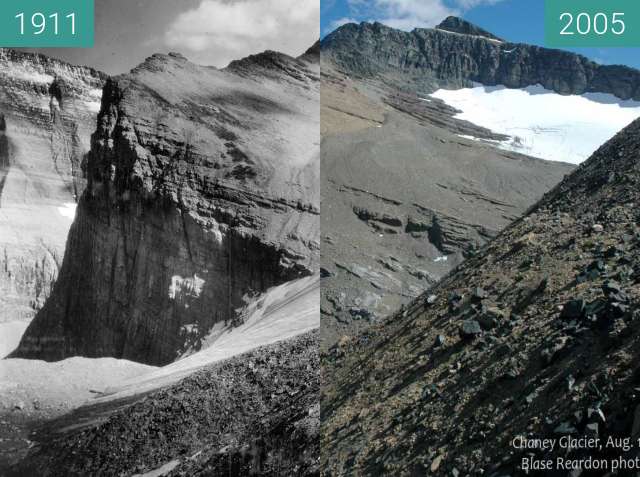
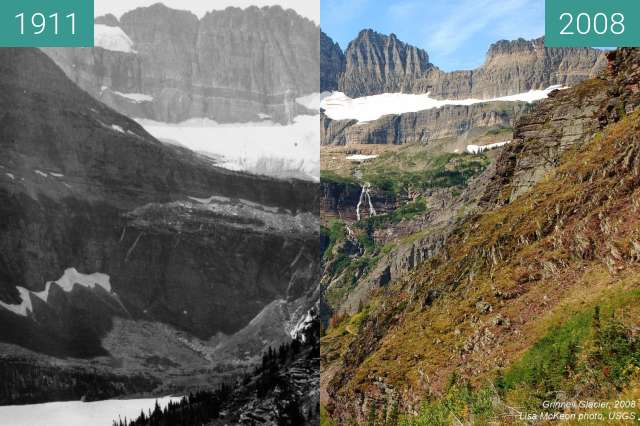
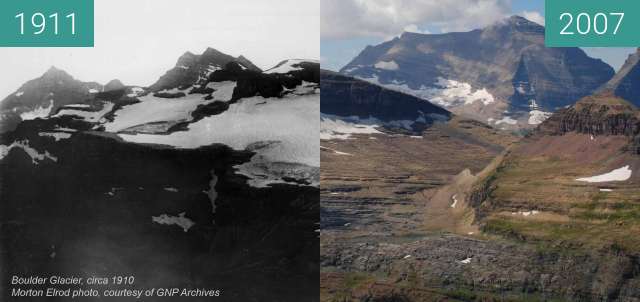

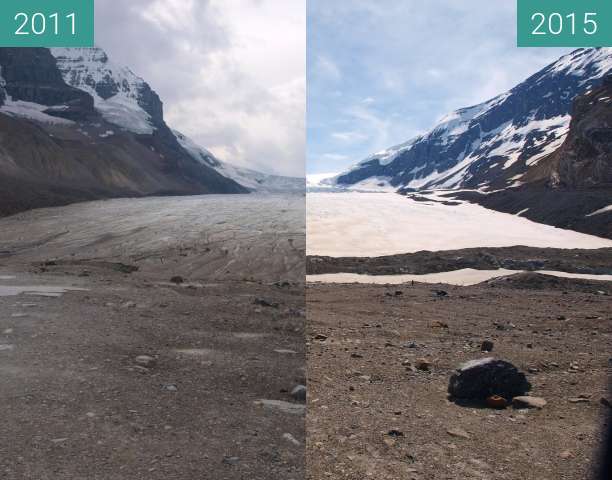
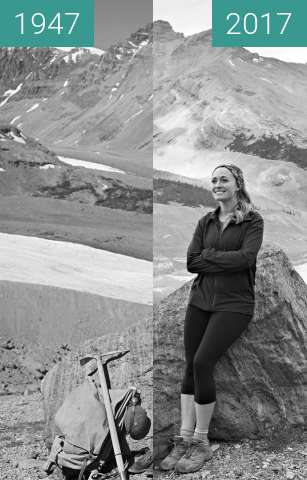
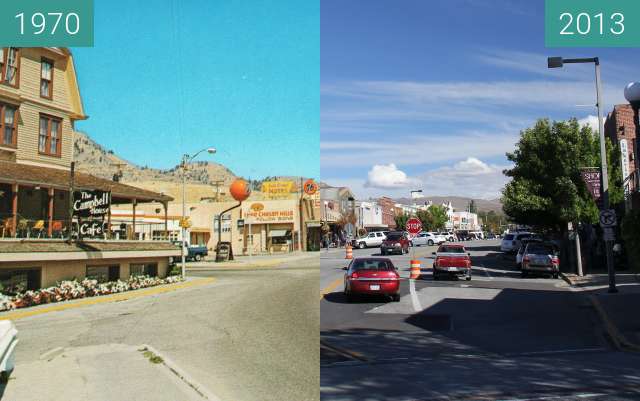
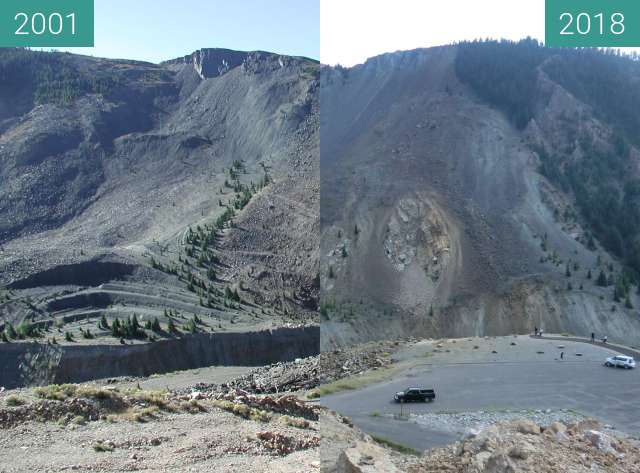
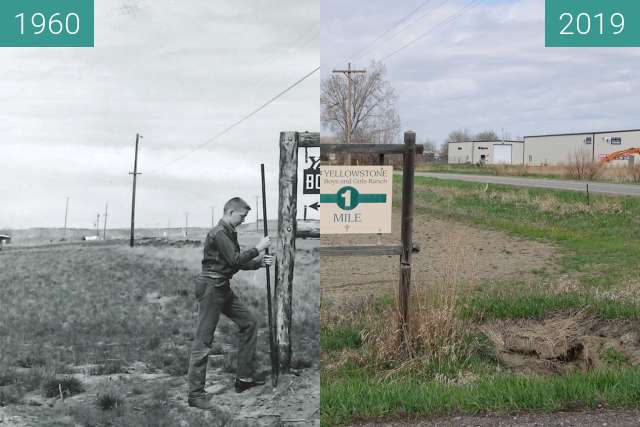
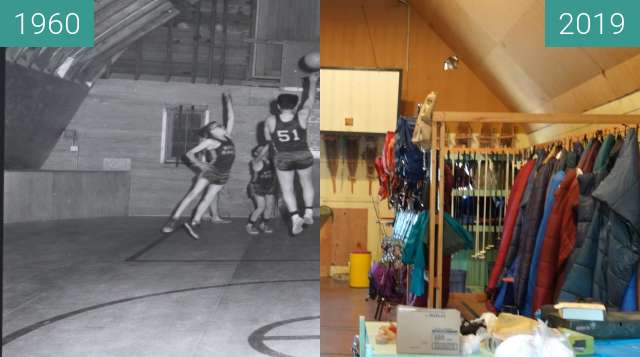
This photograph pair illustrates one of the more dramatic cases of disappearing glaciers. In the 1913 photograph, thick ice is evident along the bottom lobe of the glacier and extensive crevasses are present on the upper section, indicating the glacier is flowing and has significant mass. By 2005, however, the contemporary photograph shows no ice on the bottom shelf, a small meltwater pond (center) and virtually no ice (two debris covered patches left of center). Shepard Glacier, at its current rate of retreat, is assumed to be below 25 acres and is not a viable glacier anymore (with kind permission from http://nrmsc.usgs.gov/repeatphoto).